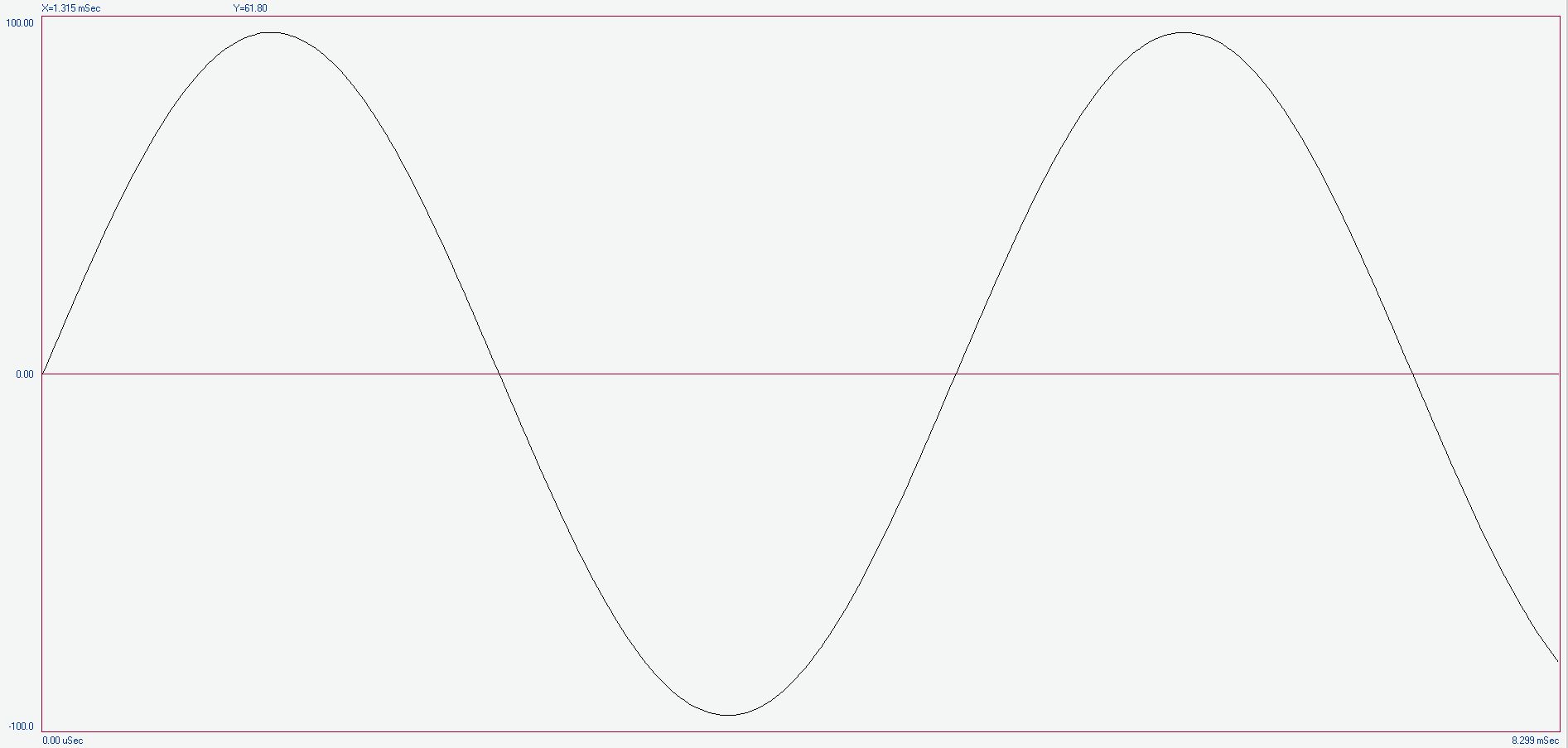Rossing Science Of Sound Pdf Writer

John Church and Co. Pump organ The pump organ,,, or is a type of that generates sound as air flows past a vibrating piece of thin metal in a frame. The piece of metal is called a reed. More portable than, free-reed organs were widely used in smaller churches and in private homes in the 19th century, but their volume and tonal range are limited, and they generally had one or sometimes two, with being rare. The finer instruments have a unique [ ] tone, and the of those intended for churches and affluent homes were often excellent pieces of furniture. Several million free-reed organs and melodeons were made in the USA and Canada between the 1850s and the 1920s. Cdex Needs Aspi Drivers there. During this time and were popular manufacturers.

Google Translate Hindi Font Download Free here. Beatty's Parlor Organ, 1882 Harmoniums reached the height of their popularity in the West in the late 19th and early 20th centuries. They were especially popular in small and where a would be too large or too expensive; in the funeral- in-absentia scene from 's, the protagonist narrates that the church procured a 'melodeum' (a conflation, likely intended by Twain for satirical effect, of the names 'melodeon' and 'harmonium') for the occasion. Harmoniums generally weigh less than similar sized and are not as easily damaged in transport, thus they were also popular throughout the colonies of the European powers in this period not only because it was easier to ship the instrument out to where it was needed, but it was also easier to transport overland in areas where good-quality roads and railways may have been non-existent. An added attraction of the harmonium in tropical regions was that the instrument held its tune regardless of heat and humidity, unlike the piano. This 'export' market was sufficiently lucrative for manufacturers to produce harmoniums with cases impregnated with chemicals to prevent and other damaging organisms found in the tropics. Modern portable harmonium with 9 knobs At the peak of the instruments' Western popularity around 1900, a wide variety of styles of harmoniums were being produced. These ranged from simple models with plain cases and only four or five (if any at all), up to large instruments with ornate cases, up to a dozen stops and other mechanisms such as couplers.